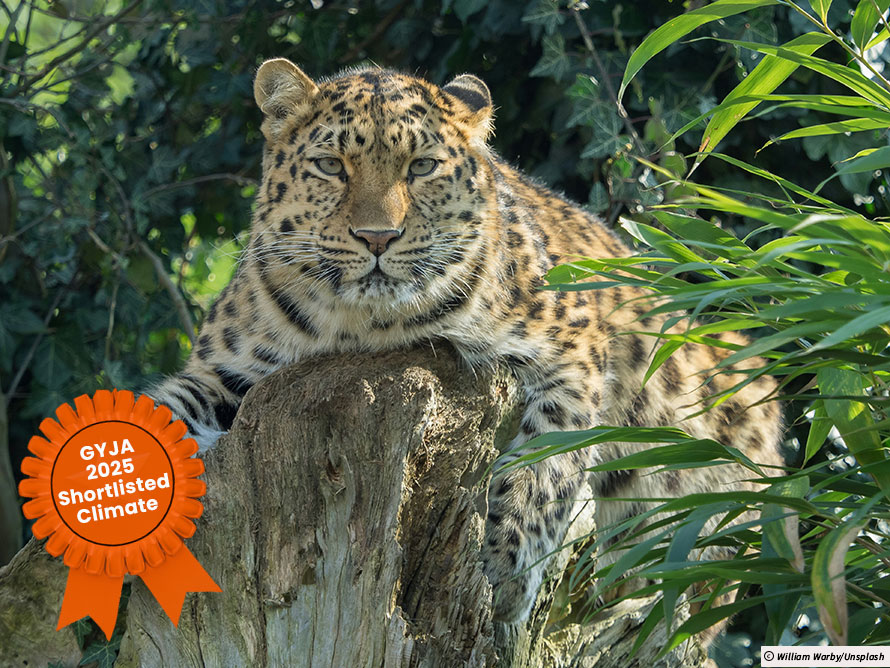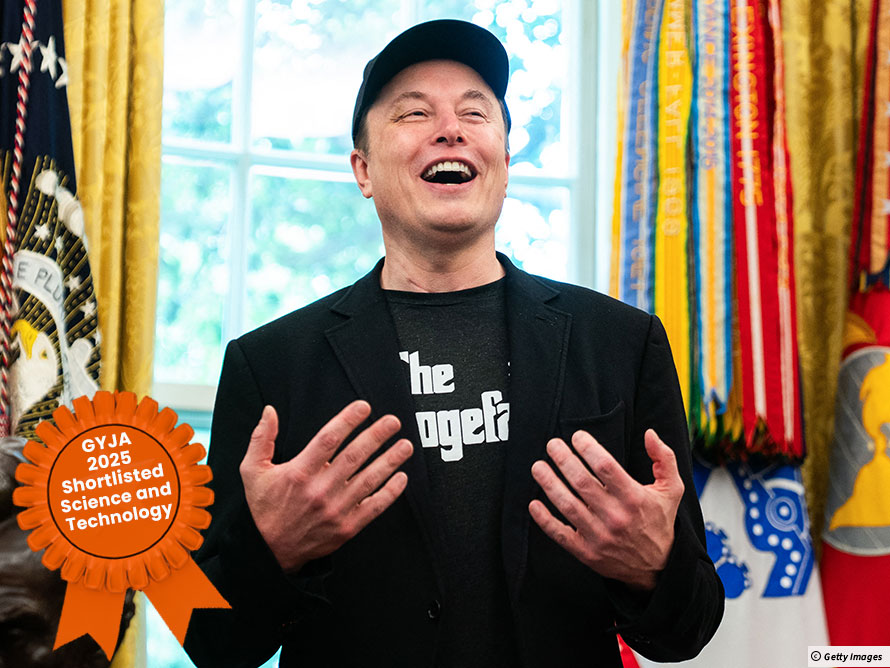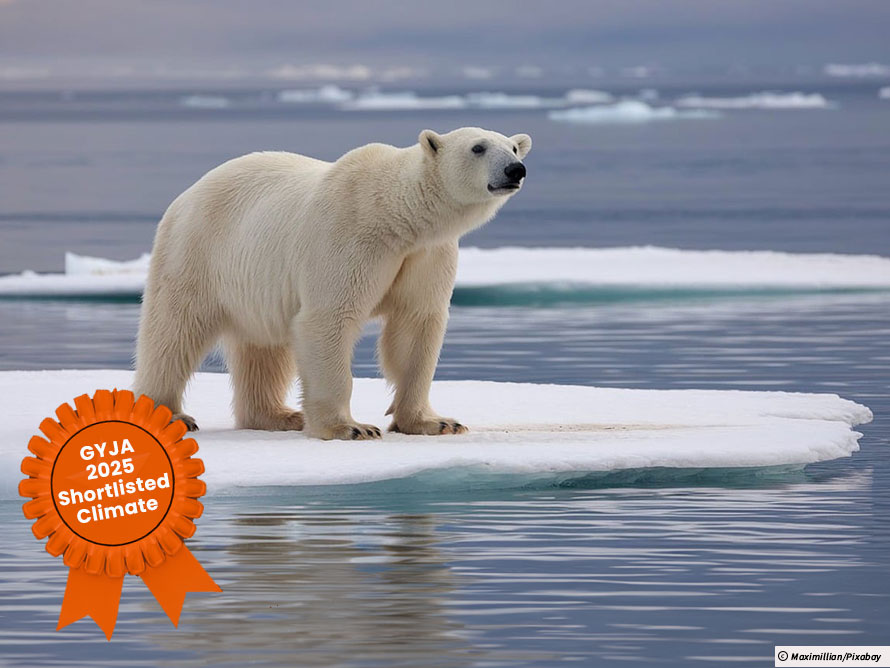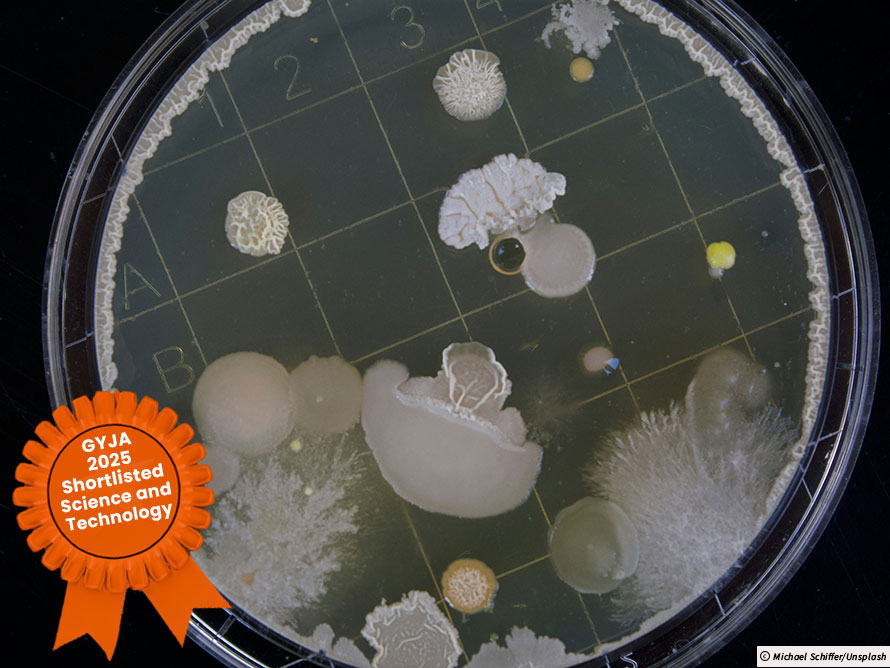Thousands of species are at risk of dying out. They are the ones that need our help now, argues Shanaya Shelat, 12, from Adani International School, India.
What if the last Amur leopard’s roar faded into silence, or the last Vaquita dolphin sank underneath the ocean forever? With less than 100 Amur leopards and 10 Vaquitas left, these critically endangered species are dying while scientists spent millions to revive the dire wolf which had been extinct for 10,000 years. Why are we obsessed with bringing back extinct species, when we have endangered species that hold the entire ecosystems together, and our help in their survival?
According to the World Wildlife Fund (WWF), the Amur leopard is one of the rarest species with less than 100 today in Russia and China. If they disappear, forests will suffer, deer will overgraze and plants will die. According to 2025 estimates from the International Union for Conservation of Nature, there are only 10 Vaquita dolphins left in Mexico’s Gulf of California. These tiny dolphins keep the ocean’s balance by eating small fish and squid. Without them, Mexico’s local fishers will collapse and devastate coastal communities.
By reviving extinct species like the dire wolf, which went extinct 10,000 years ago, we are diverting resources needed to save today’s critically endangered species. Colossal Biosciences, the company which revived the dire wolf, has $354 million in total funding, and estimates suggests that millions were spent to revive the dire wolf. According to a 2017 study in Nature Ecology & Evolution, the cost of maintaining revived species could lead to two existing species going extinct for every one brought back to life if funds are cut from conservation budgets. On the other hand, redirecting such funds could end up saving two to eight times more endangered species through better habitat protection and anti-poaching measures.
A 2024 WWF estimate notes that there’s fewer than 75 Javan rhino existing today in Indonesia’s Ujung Kulon National Park. This species faces rapid extinction due to poaching and habitat loss. According to the WWF roughly $1 million annually could protect key habitats for rhinos and other species in Ujung Kulon. Can you imagine if Colossal Biosciences’ funds went into such efforts that would ultimately preserve our ecosystems for decades?
Investing resources and time into survival of endangered species requires practical solutions. By studying their behaviors, we can create better conservation strategies. This would bring faster results than costly cloning technology with uncertain results. Once a species like the Vaquita is gone underneath the ocean’s bed, no cloning technology will be able to replicate nature’s design.
In conclusion, protecting the Amur leopard, Vaquita dolphin and Javan rhino is our priority. These endangered species help sustain life on Earth. The millions spent on dire wolves could protect countless species today. Let’s save what we have before it’s lost forever.
Interested in submitting your own Student Voices article or video? Find out more here.
Ceballos, Gerardo, et al. “Accelerated Modern Human–Induced Species Losses: Entering the Sixth Mass Extinction.” Nature Ecology & Evolution, vol. 1, no. 8, 2017, pp. 1123–1130. Springer Nature, doi:10.1038/s41559-017-0223-6.
Colossal Biosciences. Annual Report 2024: Advancements in De-Extinction. Colossal Biosciences, 2024, www.colossal.com/reports/2024-annual.
International Union for Conservation of Nature. IUCN Red List of Threatened Species: Vaquita (Phocoena sinus). IUCN, 2025, www.iucnredlist.org/species/17028/50370296.
World Wildlife Fund. Amur Leopard: Species Factsheet. WWF, 2024, www.worldwildlife.org/species/amur-leopard.
World Wildlife Fund. Javan Rhino: Conservation Status and Threats. WWF, 2024, www.worldwildlife.org/species/javan-rhino.
World Wildlife Fund. Global Conservation Impact Report 2024. WWF, 2024, www.worldwildlife.org/publications/global-conservation-impact-report-2024.
Cite
While every effort has been made to follow citation style rules, there may be some discrepancies. Please refer to the appropriate style manual or other sources if you have any questions.













